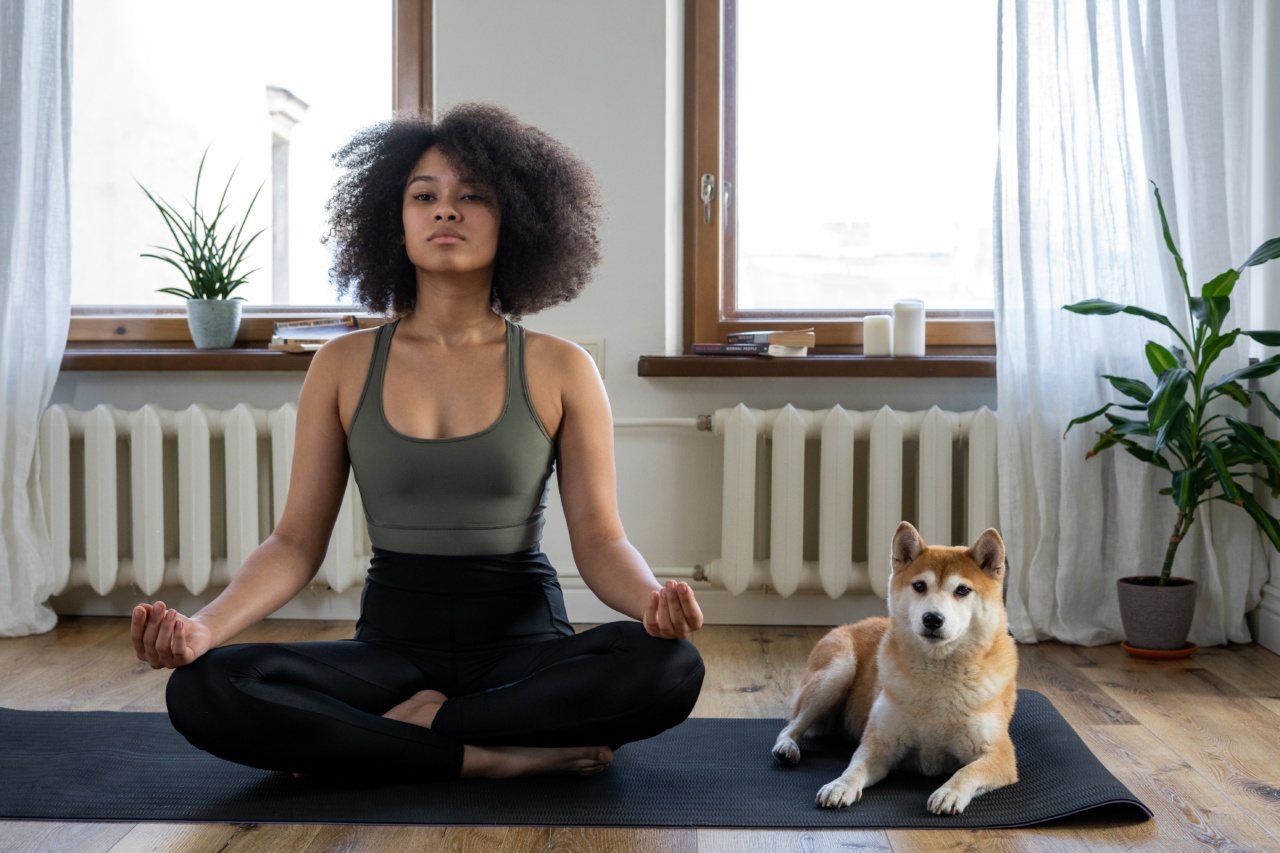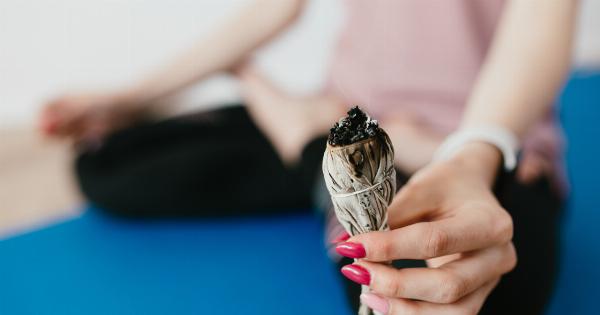Inflammation is a natural process by which our body’s immune system responds to injury and infection. However, chronic inflammation can lead to a range of health problems including asthma, arthritis, cancer, and heart disease.
There are several ways to reduce inflammation, including exercise. Gymnastics is an excellent way to not only strengthen and tone your body but also reduce inflammation in the process.
1. Stretching
A key component of gymnastics is stretching. This helps to improve flexibility and range of motion, which is essential for maintaining healthy joints and muscles. Stretching also increases blood flow to the muscles, which can reduce inflammation.
A few simple stretches you can do before a workout include:.
- Quad stretch
- Hamstring stretch
- Butterfly stretch
- Tricep stretch
2. Low-Impact Exercises
Gymnastics involves a range of low-impact exercises, such as bodyweight squats, lunges, and step-ups. These exercises are great for reducing inflammation because they involve controlled movements that place minimal stress on the joints.
They also help to build strength and endurance, which is important for overall health and wellbeing.
3. Core Strengthening
A strong core is essential for good posture, balance, and coordination. A weak core can also lead to back pain and other joint problems. The good news is that gymnastics is an excellent way to strengthen your core.
Exercises such as planks, sit-ups, and Russian twists are all great for building core strength and reducing inflammation.
4. Balancing Exercises
Balance is important for both gymnastics and reducing inflammation. Balancing exercises help to improve stability and reduce the risk of falls and injuries. They also help to strengthen the ankles, which can reduce joint pain and inflammation.
Some great balancing exercises include:.
- Single-leg deadlift
- Heel-to-toe walk
- Bosu ball squats
- Tree pose (yoga)
5. Plyometric Exercises
Plyometric exercises are high-intensity movements that can help to build explosive power and reduce inflammation.
These exercises involve jumping and bounding movements, which help to improve coordination and balance while also strengthening the muscles and joints. Some great plyometric exercises include:.
- Jump squats
- Box jumps
- Jump lunges
- Split jumps
6. Cardiovascular Exercises
Cardiovascular exercises such as running, cycling, and swimming are all great for reducing inflammation. These exercises increase blood flow to the muscles, which can help to reduce inflammation.
They also help to improve cardiovascular health, which is important for overall wellbeing. Some great cardiovascular exercises include:.
- Running
- Cycling
- Swimming
- Jumping rope
7. Rest and Recovery
Rest and recovery are just as important as exercise when it comes to reducing inflammation. Giving your body time to rest and recover is essential for maintaining healthy joints and muscles.
Make sure to get enough sleep, eat a balanced diet, and take rest days as needed. This will help to reduce inflammation and improve overall health and wellbeing.
8. Medical Consultation
If you are experiencing chronic inflammation or joint pain, it is important to consult with a medical professional. They can help to diagnose any underlying health issues and provide you with a treatment plan.
They may also be able to recommend specific exercises or modifications to your gymnastics routine that can help to reduce inflammation and improve your overall health and wellbeing.
9. Warm-Up and Cool-Down
Warm-up and cool-down are important for any exercise routine, including gymnastics. A proper warm-up helps to prepare the body for exercise and reduce the risk of injury.
A cool-down helps to gradually decrease heart rate and prevent stiffness and soreness. Make sure to include a warm-up and cool-down as part of your gymnastics routine to reduce inflammation and improve overall health.
10. Consistency
Finally, consistency is key when it comes to reducing inflammation through gymnastics. Make sure to stick to a regular exercise routine and gradually increase the intensity and duration of your workouts.
This will help to build strength, reduce inflammation, and improve overall health and wellbeing.





























